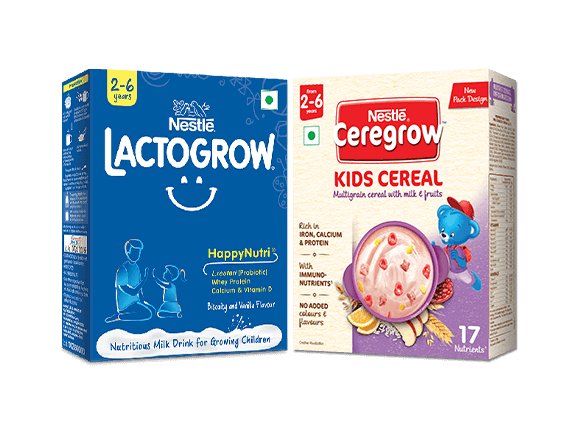
How should you monitor your child’s growth?
Baby Growth and Weight Chart – Ways to Monitor Your Child’s Growth
Growth denotes an increase in the physical size of the body and development denotes an improvement in the skills and function of an individual. Together they denote physical, intellectual, emotional and social wellbeing of an individual. Birth to five years of age are called the formative years of a child. During these years, basic mental and physical development occurs in children. As per the World Health Organization, nutrition, healthcare and environment play a crucial role in determining the growth of a child.
The parameters used to measure child growth are weight in kilograms, height in meters, head and chest circumferences and this can be measured with the baby growth chart. In India, we use the WHO Child Growth Standards (2006) for children to track their growth. Child height and weight chart is important to check for deficiencies is of paramount importance.
Weight
The baby growth chart is recognized to be the most accurate measure of growth in a child as even a change of few hundred grams can be recorded.
a) It indicates body mass
b) It is sensitive to even small changes in nutritional status due to childhood morbidity like diarrhea.
c) Rapid loss of weight indicates potential risk of malnutrition
Height
a) Height of an individual is influenced by genetic as well as environmental factors.
b) Inadequate dietary intake and/or infections reduce the nutrients available to support the child’s growth. This may result in growth retardation.
Growth Monitoring
a) The child height weight chart is a regular measurement that helps you visualize your their growth. This chart helps you monitor the growth and height of your child.
b) As per WHO (World Health Organization), there are separate growth charts for girls and boys. You may refer to the tables below.
c) At infancy, your child is growing rapidly – his/her height and weight increases constantly. Hence, growth monitoring should be done once every month, up to age of 3 years and at least once in 3 months, thereafter.
d) Every time a child is weighed, the weight is plotted on the growth chart and the points thus formed may be joined to form a line called as the growth curve. If your child is gaining weight regularly, the line will move in an upward direction.
e) Consult your doctor if the growth curve is not moving in the upward direction.
f) Remember that height and weight are not the only indicators of a child’s growth, as his/her genetics, ethnicity also play a major role.

You can easily measure your child’s growth by using a child height weight chart at home.
a) Use a digital scale placed on a firm, even floor.
b) Remove shoes and clothes and place the child on the center of the scale.
c) Record weight to the nearest decimal fraction and plot it on the growth chart shown below.
d) Height for children above two years can be measured using a measuring rod anthropometer-where the child’s maximum height is measured upon standing in line to the rod.




















